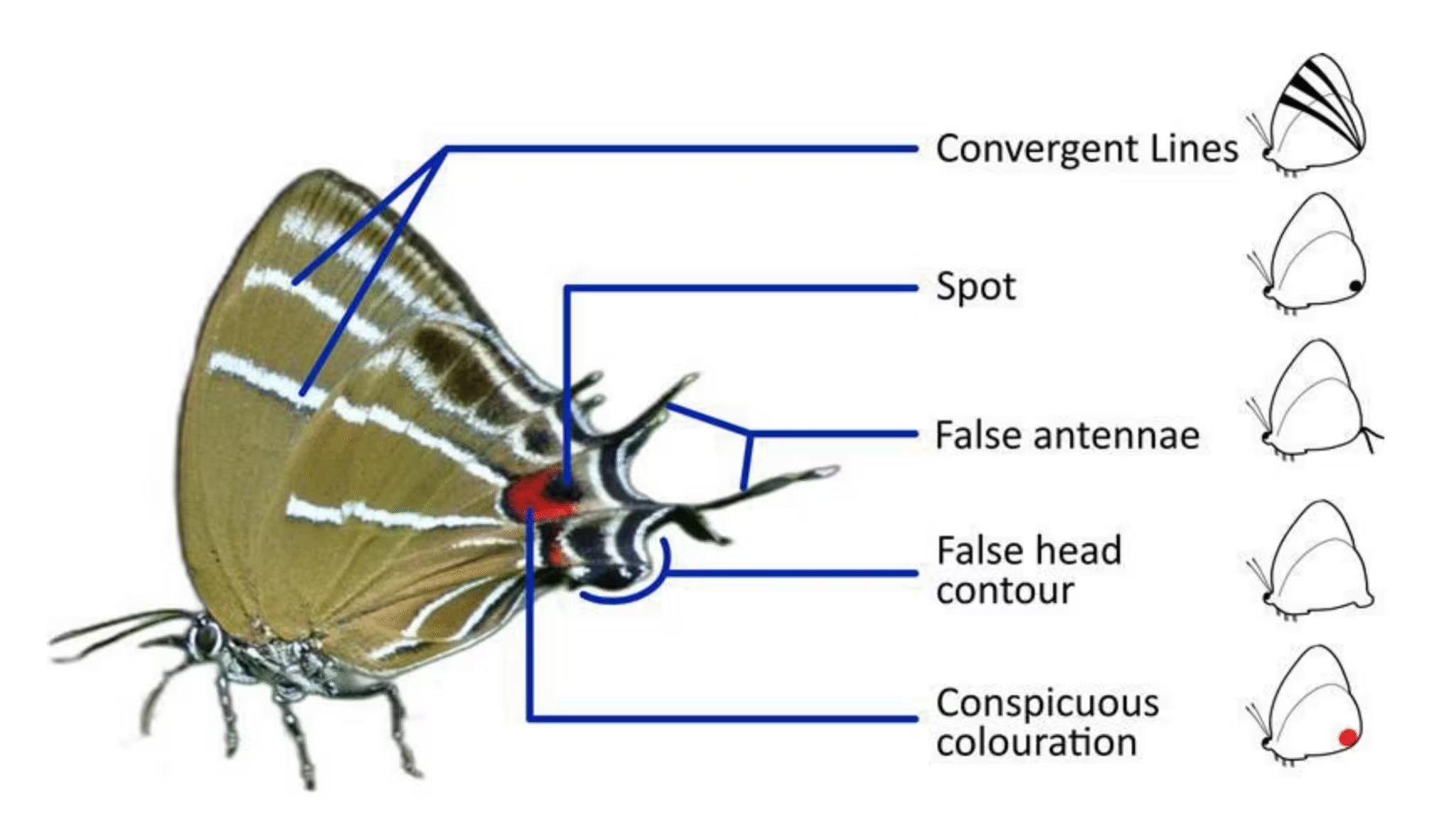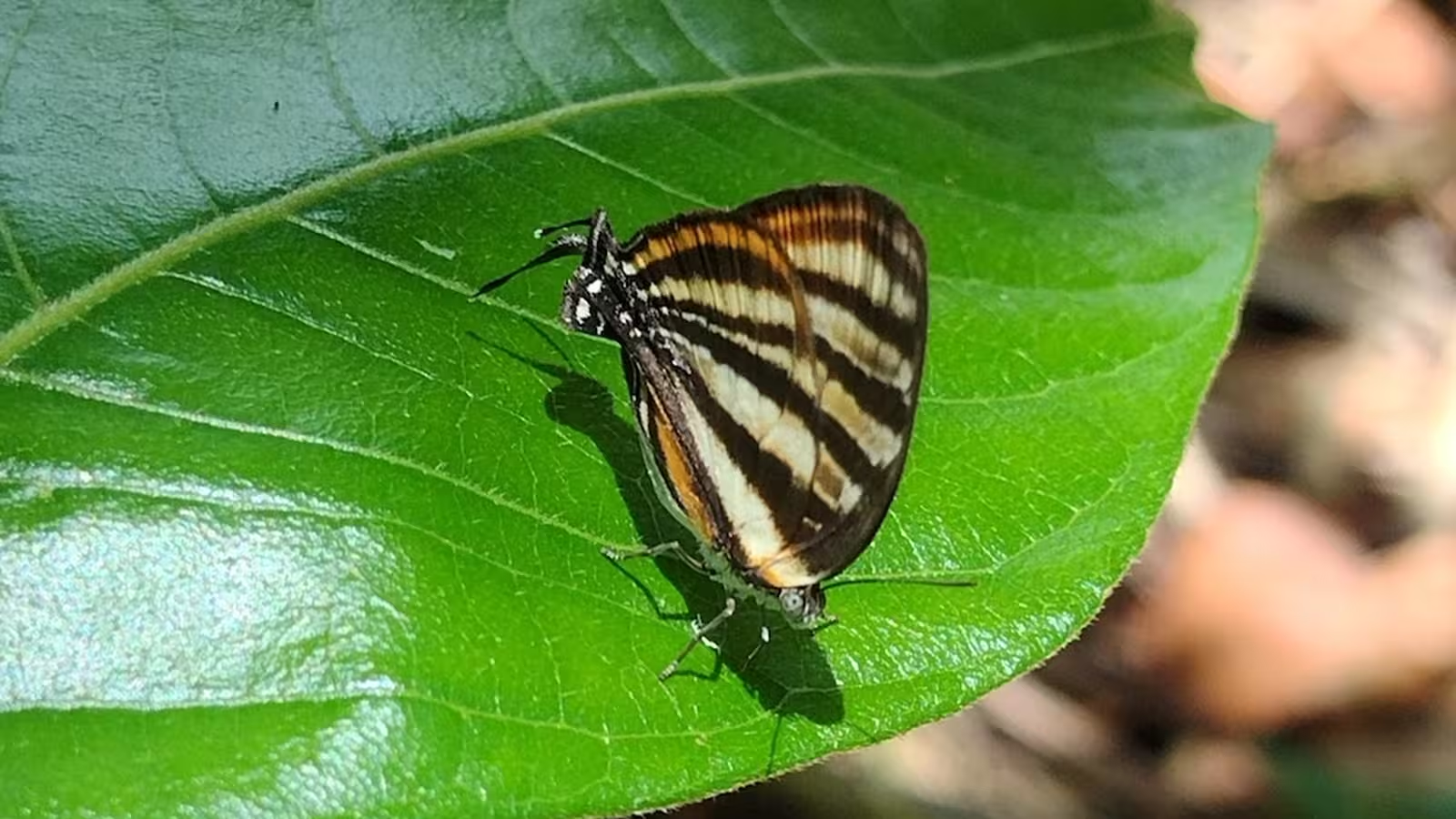3 Minutes
The Evolutionary Trickery of Lycaenid Butterflies
Butterflies of the Lycaenidae family, a widespread group within tropical ecosystems, have developed remarkable evolutionary adaptations to defend themselves against predators—most notably, the creation of a deceptive 'false head' on their wings. While many creatures such as lizards prey on butterflies for their nutrient-rich bodies, these insects have evolved wing patterns and structures that confuse attackers, increasing their chances of survival in the wild.
Understanding the Science Behind the 'False Head' Adaptation
Recent research conducted by entomologists Tarunkishwor Yumnam and Ullasa Kodandaramaiah at the Indian Institute of Science Education and Research Thiruvananthapuram delved into the genetic foundations and evolutionary significance of the false head adaptation. Analyzing digital image archives and the evolutionary relationships of 928 Lycaenidae species, the researchers explored the origins and complexity of this unique anti-predatory feature.
Through their in-depth investigation, Yumnam and Kodandaramaiah identified five main traits contributing to the illusion: false antennae, distinctive hindwing spots, vivid coloration, specific wing contours mimicking a head, and convergent wing lines. With the exception of convergent lines, these traits were found to evolve together across generations, forming an integrated suite of defenses adapted to confuse predators.
Diversity in Defense Strategies
Not all lycaenid butterflies present their 'false heads' in the same way. Species like Airamanna columbia display multiple imitation antennae and prominent, vibrant red 'eyes,' while others such as Arawacus aetolus combine lifelike elements with striking graphical patterns. These variations showcase the evolutionary creativity within the butterfly family, all aimed at a singular purpose—to mislead attackers and ensure greater survival rates.

Implications for Evolutionary Biology and Genetics
The discovery that most false head traits evolved in close correlation highlights how natural selection can shape complex, interrelated adaptations over millions of years. As the study authors explain: "We found that most false head traits in butterflies evolved in a correlated pattern, presumably towards a functional association as a response to a common selective force." In practical terms, this means that the illusion of a second head has become a robust, convergent solution across the Lycaenidae family to evade predation.
Conclusion
This research provides compelling macroevolutionary evidence for how elaborate anti-predator defenses, such as the false head in Lycaenid butterflies, emerge through the interaction of multiple traits over time. By outsmarting predators with increasingly sophisticated deceptions, these butterflies not only improve individual survival but also secure the genetic legacy of these extraordinary adaptations—a vivid reminder of nature’s ingenuity in the ongoing evolutionary arms race.
Source: royalsocietypublishing



Comments